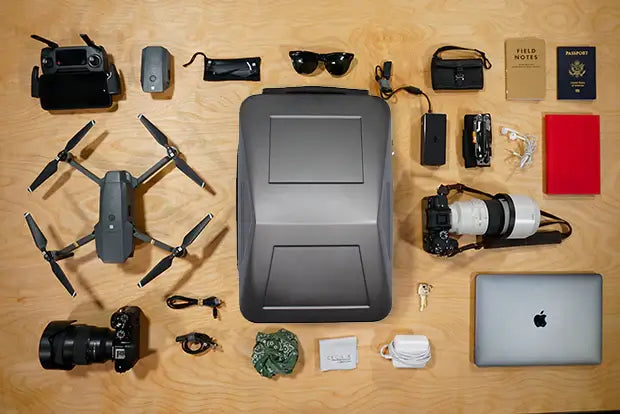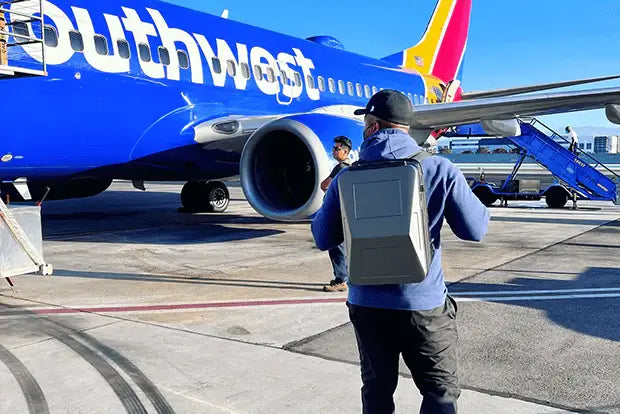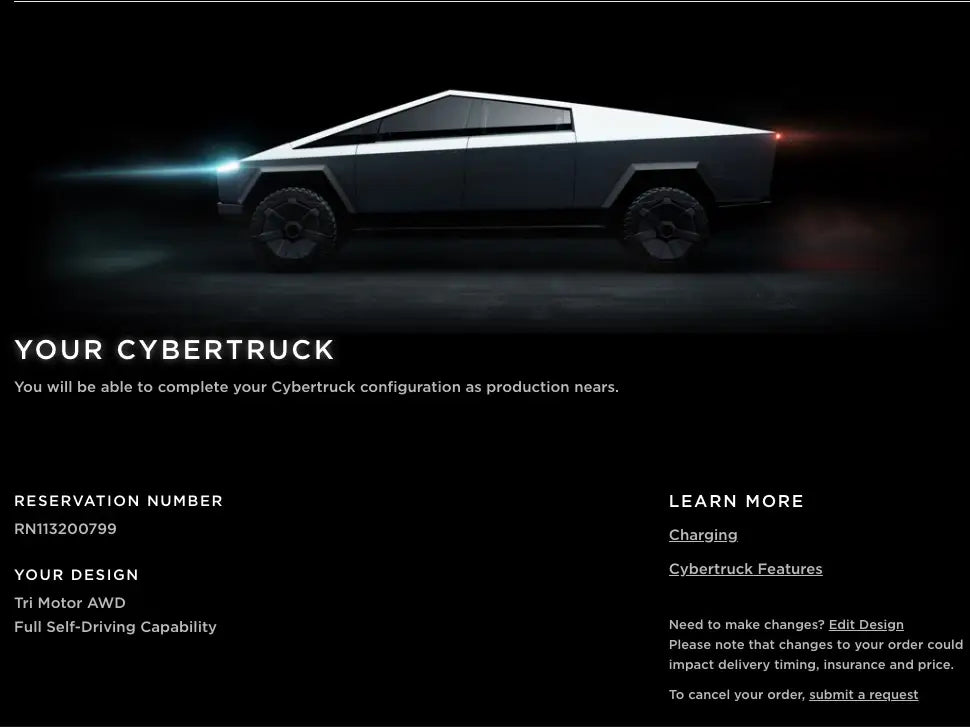The majority of automakers are moving in the direction of an all-electric future. Improved batteries allow EVs to now have the longest range possible. Many drivers are still resistant to the move, though. This problem has a solution, according to president Joe Biden: "a countrywide network of 500,000 EV charging stations throughout America."
Not to forget, every piece of current research on electric vehicles points to a growth in demand in the future. Global EV Market Outlook 2022 from the International Energy Agency estimates that 6.6 million vehicles were sold globally in 2021, which is more than double the amount sold in 2020. And these successes were achieved despite significant global supply chain disruptions that severely impacted the auto sector.
The Federal Government’s Efforts Towards EV transition
The attempt to switch to EVs is heavily influenced by the federal government. By 2035, President Biden wants all federal vehicles—645,000 automobiles, trucks, mail carrier vans, buses, and non-combat military vehicles, as reported by the General Services Administration—to be electric.
Last year, he issued an executive order to start that process. Many local and state governments are anticipated to implement their initiatives, and many of them were already taking steps in this direction before the announcement of the federal plan.
According to Frenkel, careful planning for the charging infrastructure will be essential to the government's success in transitioning its fleet to EVs. A long-term and precise strategy, as well as knowledge of EV energy and charging requirements are essential for this transition.
Facility managers, the fleet, and the drivers will also require simple scheduling systems that can estimate the distance each EV will go, and assess its charging behaviors, so they can plan based on it. This will make it easier for federal fleet management to calculate how much electricity will be required by the depot side when there is a maximum charger load.
EV Charging Infrastructure is Necessary for the Transition
However, many municipalities are discovering that switching to an electric vehicle fleet requires more work than simply purchasing a large number of vehicles. These vehicles will all require a location to plug in and recharge. States will also require access to charging stations if they wish to persuade their residents to switch to electric vehicles.
Any vehicle should be able to charge at any of those stations. So, a compatible and unified interface is necessary. A recent draft plan from the Federal Highway Administration has that as its goal. The proposal aims to chart a course for the development of a unified, national electric car charging infrastructure.
Orange County, Florida, is one location that is already working with these challenges. With 1.5 million residents, central Florida is perfectly suited as an EV charging hub. Its county headquarters, the well-known city of Orlando, is a top destination for business travelers and tourists nationwide.
Millions of people travel along the county's numerous roadways, including Interstate 95, which passes directly through Orlando. Therefore, it may not have come as a surprise that Orange County was moving ahead with its EV transition and figuring out its complexities way before the federal government.
According to Doron Frenkel, CEO of Driivz, the difficulties Florida had to confront and overcome can serve as a guide for the federal government, which will soon be confronting issues comparable to those in Florida but on a far greater scale. Driivz collaborates with EV organizations and businesses to help scale and streamline their EV charging infrastructure in compliance with the FHA's outlines. More than 100,000 EV chargers across the nation are currently under the control of their operating system.
Why EVs Are Being Favored
The fact that EVs are more environmentally friendly is a major reason why Orange County, businesses, and the government are favoring them.
According to a study done by Orange County's Sustainability Division, emissions from on-road cars account for 40% of all community-wide emissions. According to Lori Forsman, manager of the sustainability program for the county, it is necessary to devise a strategy for these on-road emissions considering the population of Orange Country is expected to grow in the coming 30 years by more than 650,000 people.
However, it cannot only involve a plan to switch Orange County's fleet to electric but should also consider creating a robust EV charging infrastructure.
Orange County aims to slowly transition all government cars to electric, just like the federal government. Officials claim they are making every effort to advance this goal, even though current interruptions in the global supply chain are causing hindrances.
The NEVI Program
All fifty states, including the District of Puerto Rico and Columbia, submitted their deployment plans for EV charging, for funding through the NEVI program, by the deadline of August 1.
With the Biden administration's goal of 500,000 electric vehicle chargers nationwide, the $5 billion plan established by the infrastructure program aims to build a network of EV charging stations every 50 miles along the interstate highway system or within one mile of an interstate exit. The NEVI project's expenses will be covered with federal money by 80%.
Planning is Crucial
Additional planning is necessary to make the entire system as efficient as possible even if the charging infrastructure is built.
The typical L2 chargers used in many locations nowadays have a 19-kilowatt charging rate and can take hours to fully charge a vehicle's battery. That is a major factor behind why most charging nowadays takes place at people's workplaces or homes, where the cars are idle for hours since the drivers are busy performing other tasks.
Some more powerful chargers allow you to charge from 50 to as high as 350 kilowatts. These chargers can recharge an electric vehicle in only seven minutes. However, there are cons to this too. Faster chargers draw significantly more power from networks and infrastructure that are already under stress.
According to McKinsey Research, unchecked increases in substation peak-load, due to the power demand of EV charging, may put local transformers under stress. This will necessitate costly infrastructure modifications. And it's a problem that the federal government as well as numerous local municipalities will need to solve.
Wrapping Up
No matter how complex, even a problem like managing a growing infrastructure for electric vehicle charging is solvable if the government considers the following areas:
- Effectively distributing the available energy to optimize the charging network. For instance, smart energy management can change charging loads depending on the demands of vehicle owners, pre-configured regulations, renewable supplies, dynamic grid, and so forth. It guarantees that the appropriate amount of energy is applied to the appropriate resource at the appropriate time.
- An upgrade to the power grid system might be required, even though it is costly and may require over a year to implement within each locality.
- The power grid can be reinforced by installing local batteries, which can store energy generated from renewable sources. These can then be used to charge electric vehicles when necessary.
- The burden on the whole system can be reduced by bringing local energy production closer to the charging stations.
Apart from these crucial steps, the government can incentivize energy providers through rewards, policies, and legislation to ensure that the expansion of the charging infrastructure keeps up with the rise in EV usage. And while it may seem like there are many barriers to a complete EV transition, with careful planning, the government can fully achieve its EV transition goals.












